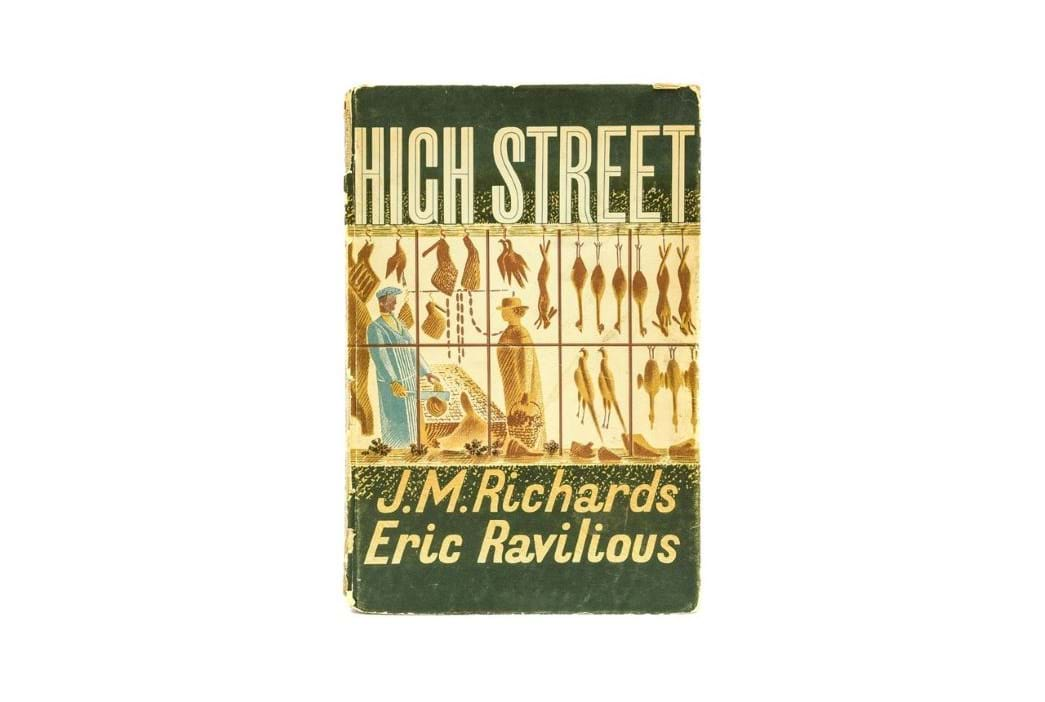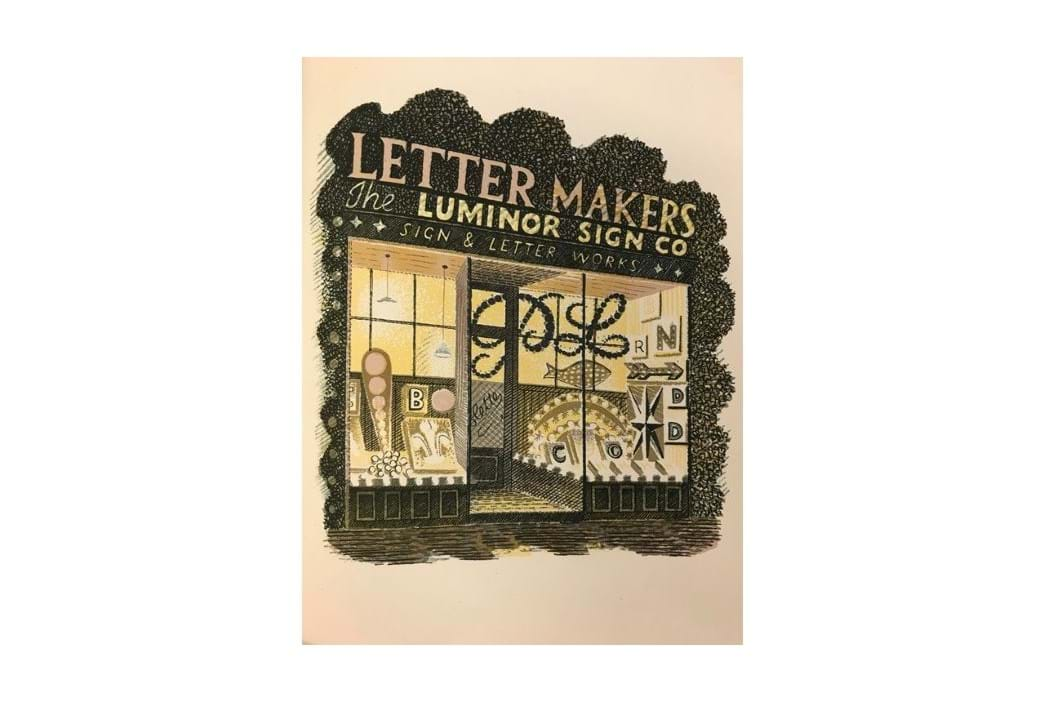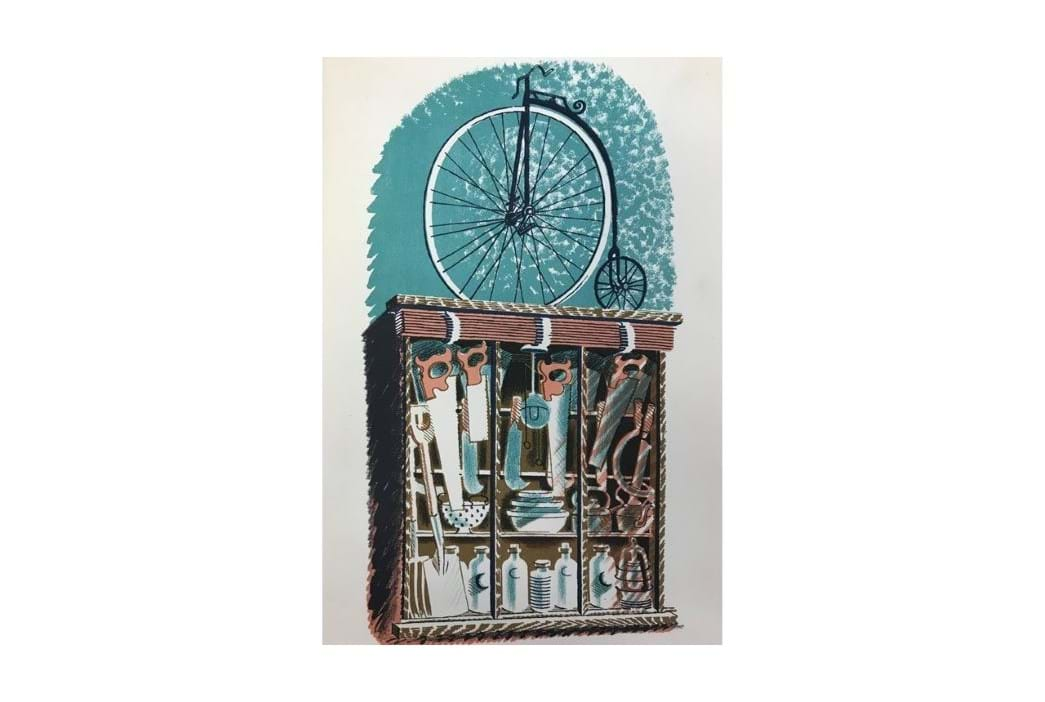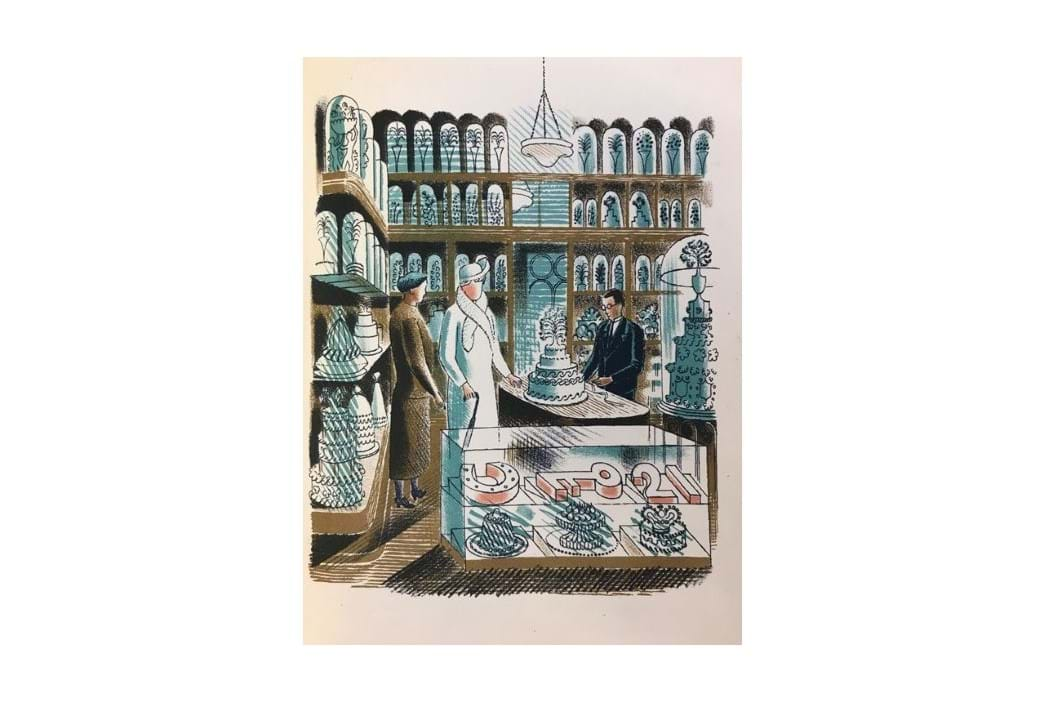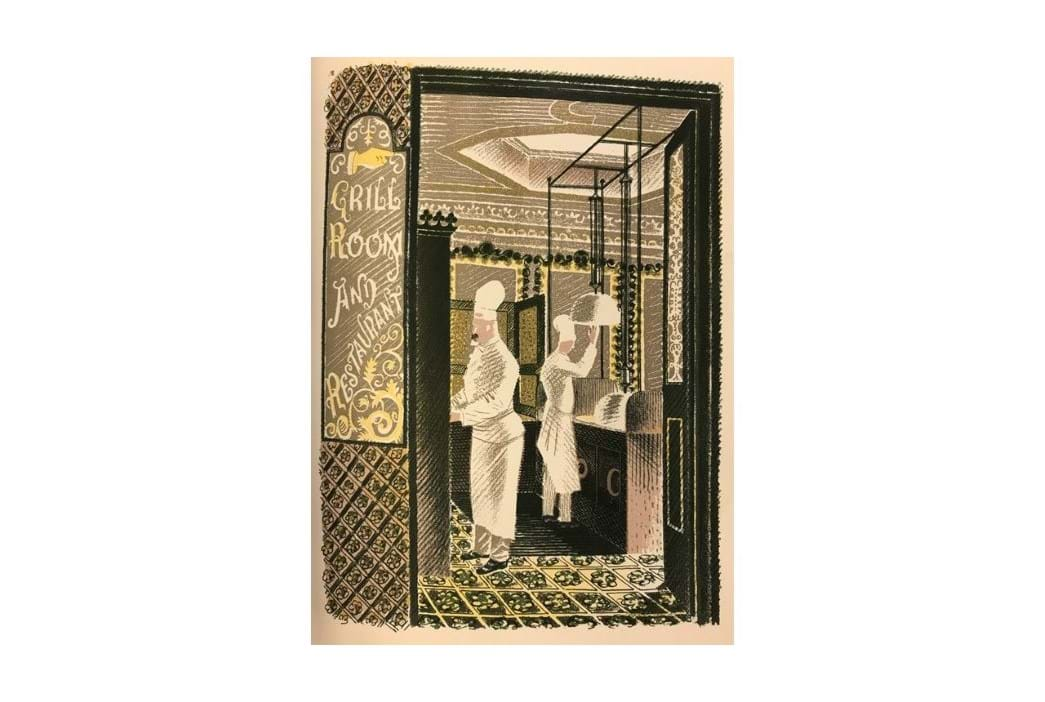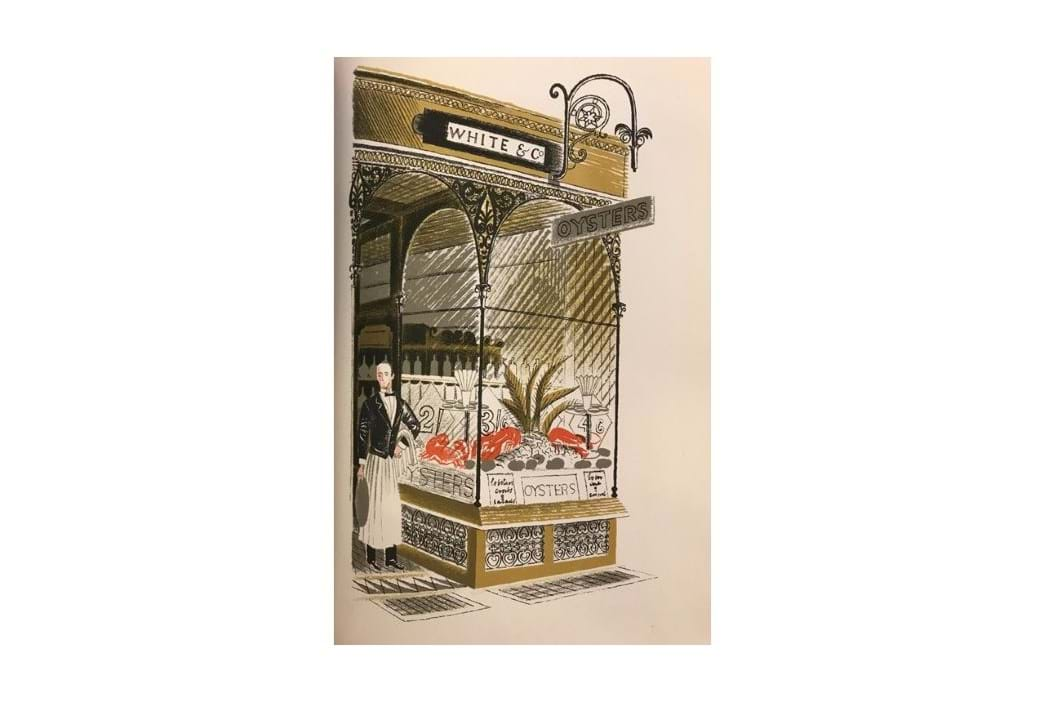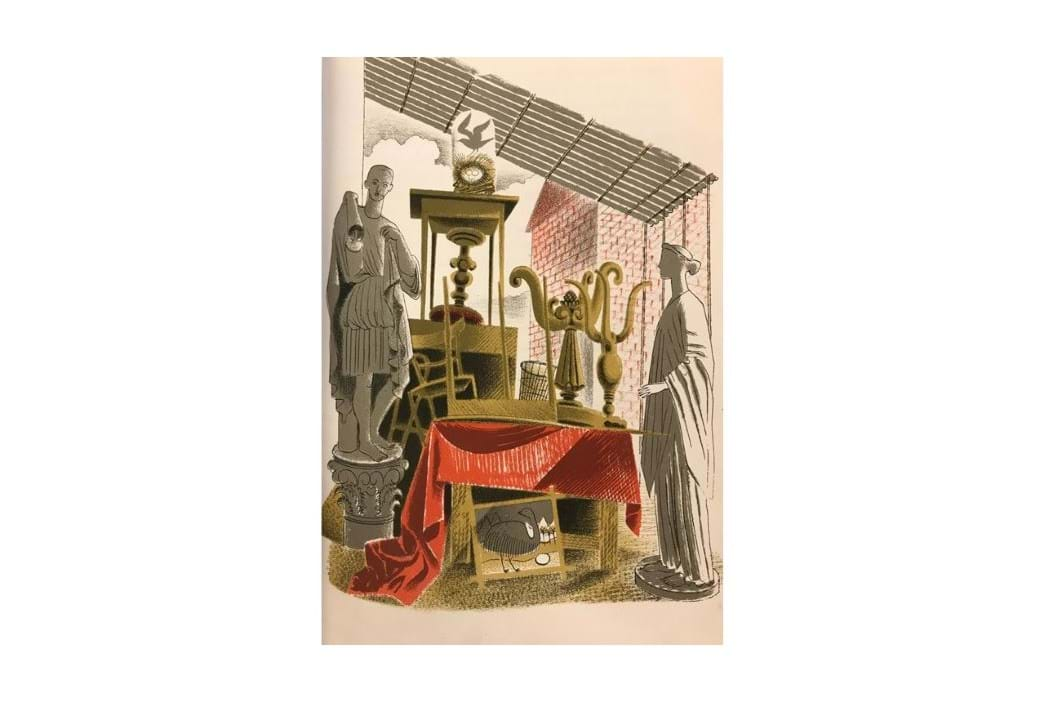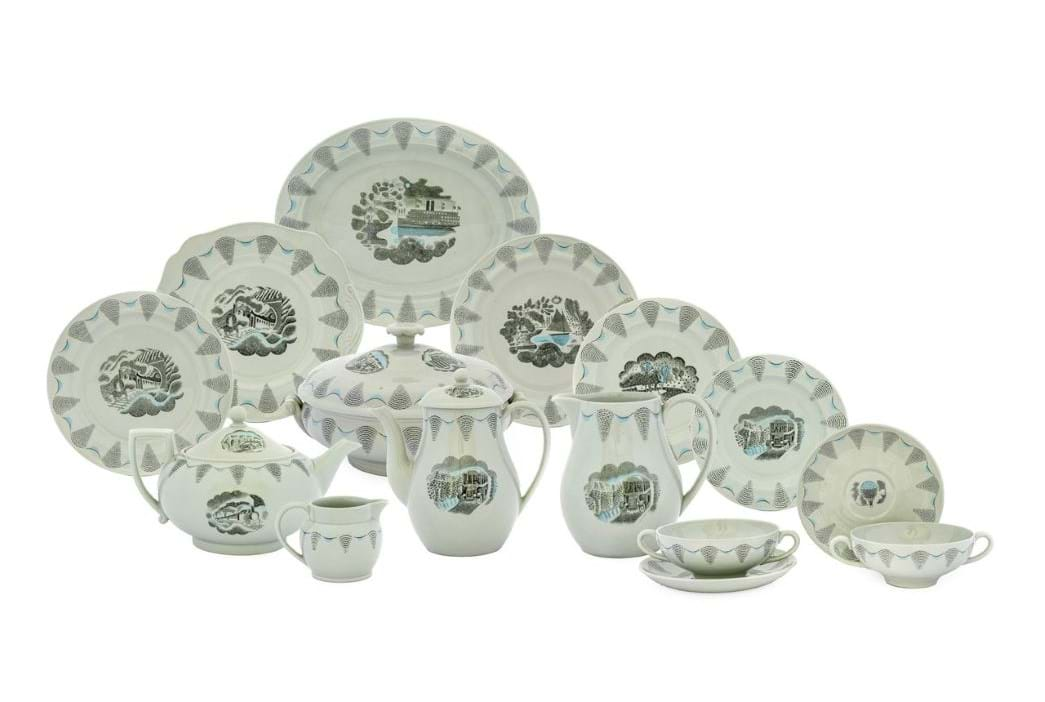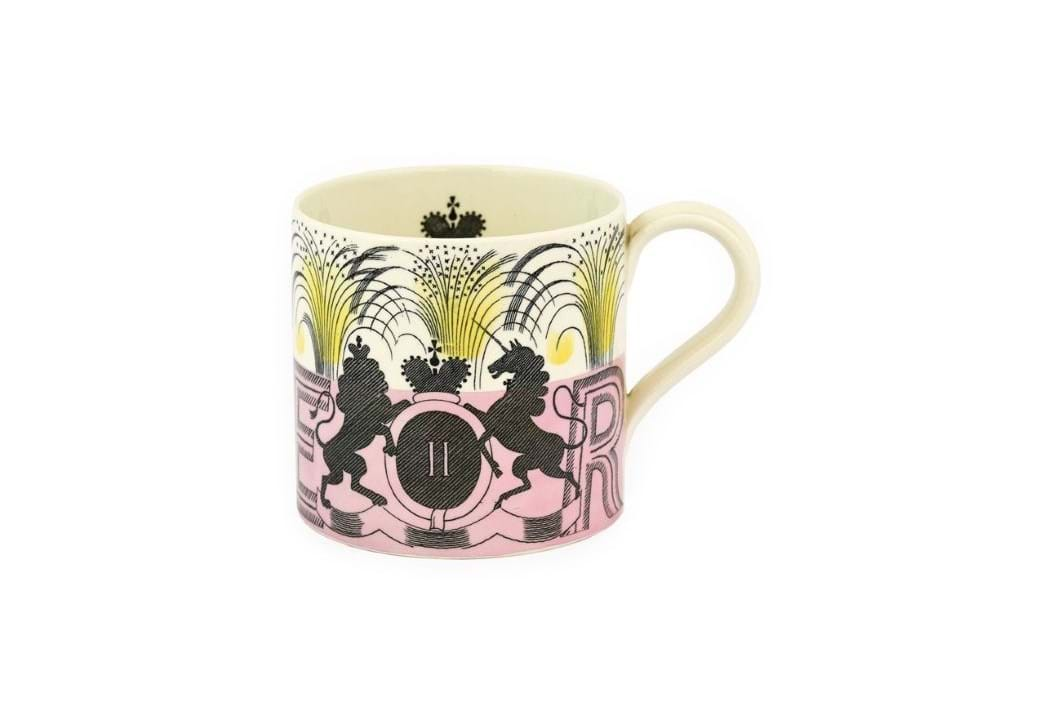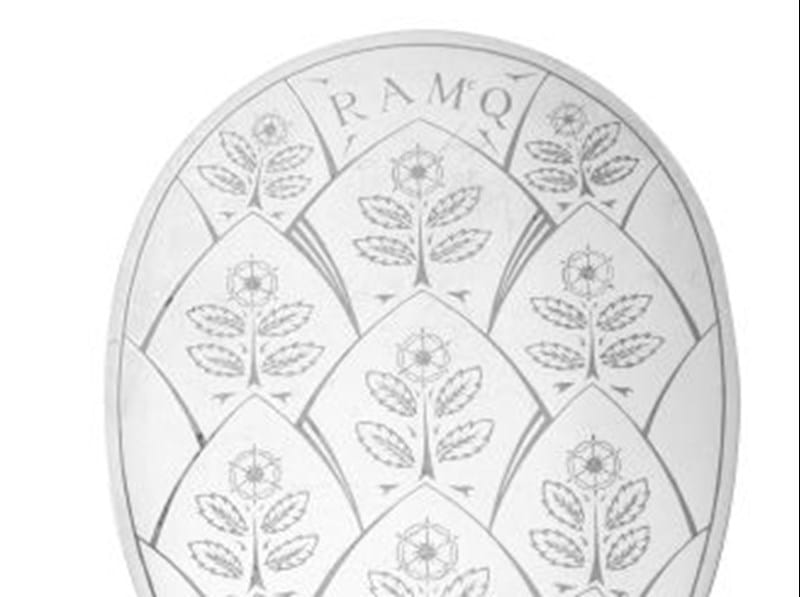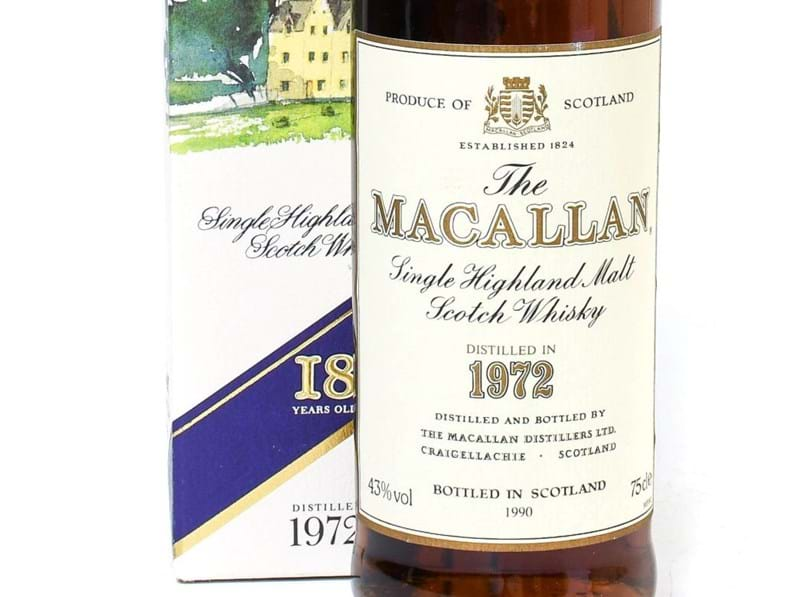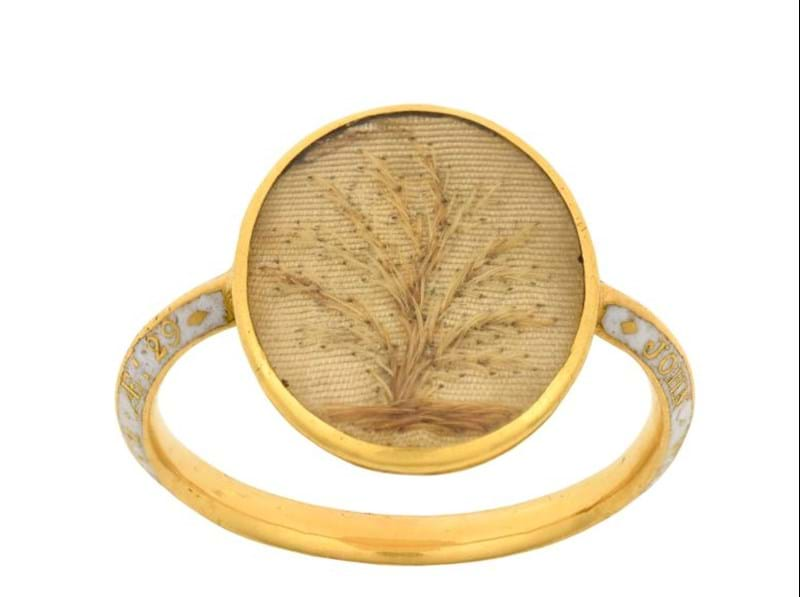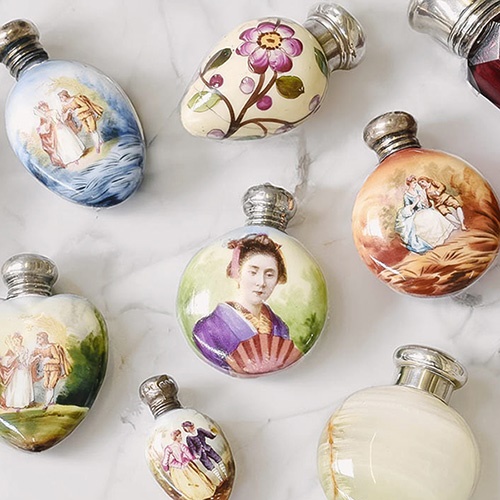Eric Ravilious was a gifted artist and designer, who captured the quintessential ‘Englishness’ of inter-war Britain. In contrast to the image of the tortured artist, Ravilious was excellent company, full of good humour and a man who loved to dance and play tennis. His delight in the world and its homely comforts is reflected in his work, which focusses on the rolling landscape of Southeast England, and everyday subjects such as gardens, beach huts and modes of transport – all elevated with his characteristic humour and charm. Indeed, his work was perfectly summed up in the Architectural Review, ‘His style is crisp and vigorous, jolly and original, never mannered and always close to earth and human life’.
Ravilious was born in 1903 in West London, but grew up in Eastbourne where he attended art college before accepting a scholarship to the Royal College of Art. Here was taught by the likes of Paul Nash and became part of the Modernist movement, which is reflected in the restrained palette, flat planes, hard lines, and patterns evident in his work. On leaving college, Ravilious’ first commissions were murals and book illustrations, but he would go on to produce highly sought-after watercolours, woodcuts, lithographs and industrial designs for ceramics, furniture and wallpaper. Sadly, however, his life was cut short. Whilst working as a war artist documenting the British Navy, he was sent to Iceland in 1942. Here he went on a search and rescue air mission to observe and document, and the plane he was aboard was lost at sea. He was just 39 years old.
Today, at auction, Ravilious’ watercolours command prices into the high tens of thousands of pounds. Having died at a young age, fewer than 300 watercolours are thought to exist. However, there is a thriving market for his lithographs and ceramic designs, examples of which are much more affordable. Some of the most well-known images produced by Ravilious are a set of lithographs made to illustrate J.M. Richards’ book ‘High Street’. The book describes all the types of shop found on the English high street, from family butchers and cheesemongers to clerical outfitters and submarine engineers, which Ravilious perfectly and so charmingly represents in his illustrations. One of the most collectable artist’s books of the period, only two thousand copies were printed as the lithographic plates were destroyed in the Blitz. Individual prints can occasionally be purchased from books that have been split up, but an intact copy of ‘High Street’ is coming up in Tennants’ 20th Century Design Sale on 26th February with an estimate of £1,000-1,500 (plus buyer’s premium).
From 1936 to 1940 Ravilious designed ceramics for Wedgwood, beginning with a commemorative mug celebrating the coronation of Edward VIII, which was reworked before production into one for George VI, and later amended for Queen Elizabeth in 1953. Ravilious’ simple, graphic style focusing on the domestic perfectly suited ceramics. His modern dinner ware, tea ware, and nursery sets were hugely popular, and the pottery continued to make his designs well into the 1950s. Amongst the most sought-after at auction are his ‘Boat Race’ designs, which come up infrequently, but look out for examples of his Garden, Garden Implements and Travel designs, all of which look strikingly fresh and modern and certain to appeal to today’s buyers.


